
I've just started making 'Kasupi Kai' yogurt again. (Capsian Sea)
I made it a few years ago but stopped because the taste became a little funny. Actually, as I got the starter culture from a friend, I was also worried about the purity of the bacteria at that time.
To give you some background, a professor of Kyoto University (Yukio Yamori) visited the former Soviet Union country of Georgia in 1986. He was studying longevity (people who live to become very old) and found Georgians ate a special kind of yogurt. He brought some back to study it, and then it seems his wife who is a doctor, gave some out. Over the years the yogurt was shared all over the country. Prof Yamori became worried about purity and safety so he set up a NPO to distribute dried culture starter kits.
One strange thing is that the yogurt comes from near the BLACK SEA not the Caspian Sea!!! Maybe 'black yogurt' wasn't such an attractive name ...
That was a few years ago, and now you can buy Kasupi Kai yogurt in supermarkets. I thought the taste wasn't as good as the homemade one, so last week I bought powdered starter culture from my local supermarket. It cost about 1, 200 yen! {For two sachets of culture plus about four sachets of powdered collagen which I haven't used.}
The main point about making the yogurt at home is keeping everything CLEAN!
Here is the process I follow:
1. Get two big clean glass jars with lids.
2. Boil water and sterilize the jars and lids with boiling water. Also sterilize a metal spoon.
3. Heat about 800ml of milk to 35 degrees C. (You can just put it in one jar and use the microwave to heat it to the exact temperature.) DO NOT put your finger in the milk to test the temperature!!! If you want to check, use the spoon to get some milk out and drip it on your wrist.
4. Starting - put one sachet of culture powder into the milk and stir.
Continuing - put about 200ml of yogurt in the milk and stir.
5. Put a tissue over the top of the jar and fasten with a rubber band. (The yogurt needs air to grow.)
6. Put the jar in a warm place, 20 - 30 degrees. It will take up to 24 hours for the milk to change into yogurt.
7. To check the progress, sterilize a spoon again and mix. When the yogurt is thick and 'sticky' it is ready.
NOTE: This yogurt is different from regular yogurt. The best I can describe is that the texture is 'sticky' kind of like liquid jelly!
If you want to make the yogurt faster, get a large foam box (like a drinks cooler or broccoli box) and put the jar of milk/yogurt in there with a hot water bottle! If you do this before bed, the yogurt will be ready the next morning. In summer you don't need to do this.
After the yogurt is finished, put about 200ml into the second clean jar and put on the lid. There is enough air in a big jar for the yogurt to live. Keep this to start your next batch of yogurt.
REMEMBER: Keep everything CLEAN!!!!!
 This afternoon I went outside to do some chores and instead I found a wonderful sight! I ran inside to get my camera but I needn't of rushed because it is still there now - 2 hours later.
This afternoon I went outside to do some chores and instead I found a wonderful sight! I ran inside to get my camera but I needn't of rushed because it is still there now - 2 hours later. I looked in my 'bug book' (an encyclopedia of Japanese insects) and found this is a kind of moth called オナガミズアオ (onagamizuao). At first it was hard to tell because there is another moth almost identical (オオミズアオ) but my moth has more yellow fluffy parts on his/her bottom wings. The moths in the book look very pale blue-green but my moth is still yellow-green becaue the wings aren't dry yet. I guess it is about 10cm across the wing span.
I looked in my 'bug book' (an encyclopedia of Japanese insects) and found this is a kind of moth called オナガミズアオ (onagamizuao). At first it was hard to tell because there is another moth almost identical (オオミズアオ) but my moth has more yellow fluffy parts on his/her bottom wings. The moths in the book look very pale blue-green but my moth is still yellow-green becaue the wings aren't dry yet. I guess it is about 10cm across the wing span. Anyway, it is wonderful - I have never seen such a beautiful moth before. Have you?
Anyway, it is wonderful - I have never seen such a beautiful moth before. Have you?
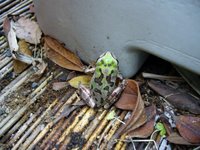


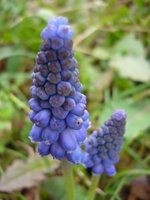
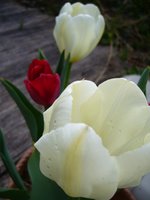
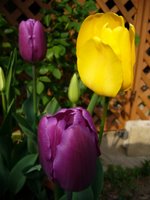 For the past few weeks I've been taking snapshots of things in my garden. All of the flower pictures are from sometime in the last few weeks. I really like plants that take care of themselves, so pansies are just perfect! As you can see, I like all shades of blue and purple. Yellow is a nice contrast so I planted some yellow ones, too.
For the past few weeks I've been taking snapshots of things in my garden. All of the flower pictures are from sometime in the last few weeks. I really like plants that take care of themselves, so pansies are just perfect! As you can see, I like all shades of blue and purple. Yellow is a nice contrast so I planted some yellow ones, too.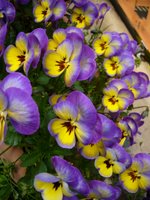


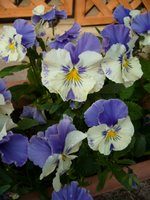







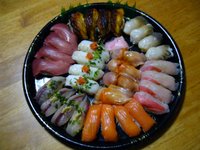

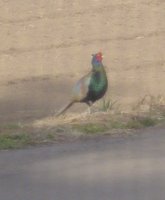






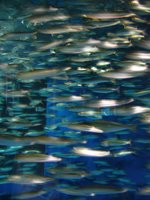
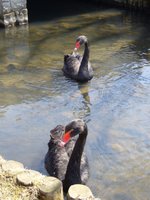

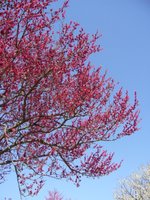

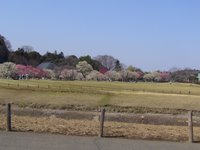


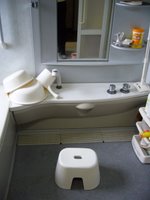


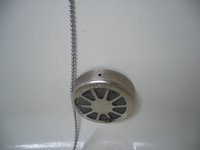


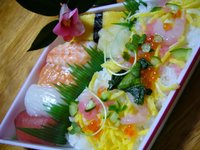

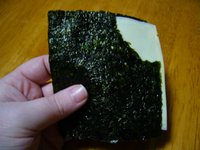



 I love this beach but the first time I went with my husband, he said we had to go home soon. He said that someone had been abducted from Fukiage Beach by North Korean agents a few decades ago. I just laughed and said what a tall story! I wasn't laughing about 4 years ago when Nth Korea admitted one of the Japanese they abducted was taken from here. (When I first married the abduction issue was very quiet and I didn't even know about it.) Anyway, I can guess that no-one is going to abduct you these days, but it is a very lonely spot, especially in the winter. You can see why in this last picture - in the foreground is grass on the sand dunes, then the pine scrub. In the distance you can see the peak of Mount Kinpo and its surrounding mountains.
I love this beach but the first time I went with my husband, he said we had to go home soon. He said that someone had been abducted from Fukiage Beach by North Korean agents a few decades ago. I just laughed and said what a tall story! I wasn't laughing about 4 years ago when Nth Korea admitted one of the Japanese they abducted was taken from here. (When I first married the abduction issue was very quiet and I didn't even know about it.) Anyway, I can guess that no-one is going to abduct you these days, but it is a very lonely spot, especially in the winter. You can see why in this last picture - in the foreground is grass on the sand dunes, then the pine scrub. In the distance you can see the peak of Mount Kinpo and its surrounding mountains.